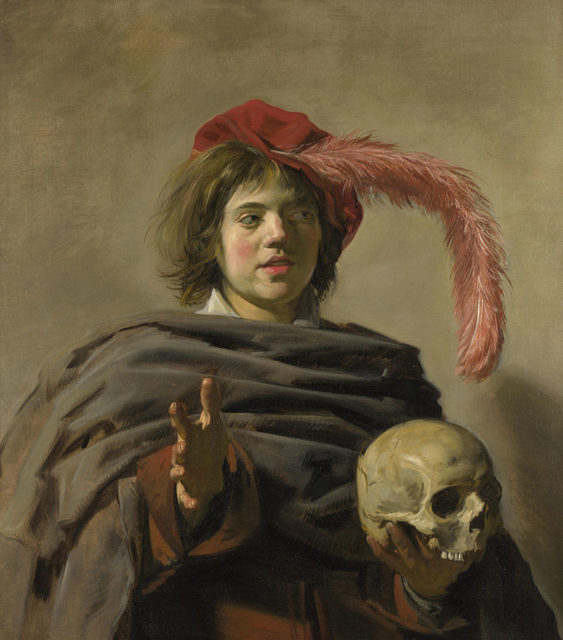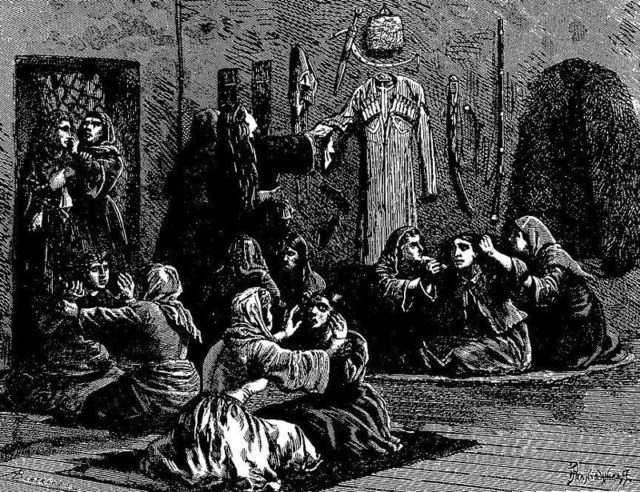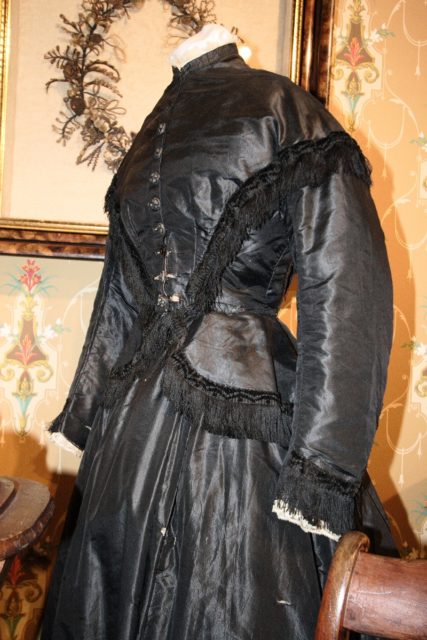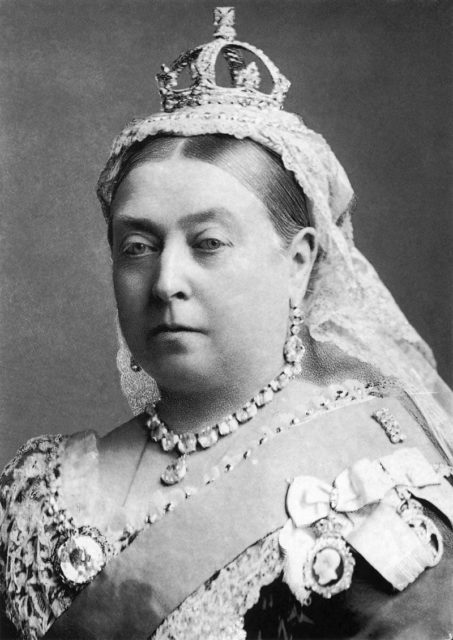Mourning Jewellery

Victorians craved mementos – a piece of jewelry or trinkets belonging to the deceased, sometimes even hair. Hair woven into jewelry or kept in a locket was very common at the time.
Bracelets and necklaces woven from hair and fashioned into braided designs, combined with highlights of gold or silver encased in a glass locket, can still be found in antique shops and auctions, and can be quite beautiful. Some were combined with cameos, a very popular jewelry form of the day. Others had rings made with ornate settings, but instead of a diamond or other gemstone, the focal point was a tooth removed from the decedent’s mouth.
With the introduction of photography Victorians often had photographs of the deceased made. Many were family pictures or pictures of all the children together with the deceased child. The dead were often made up to look more natural.
Sometimes, after the death of a child, the family would keep the dead body in a room that was decorated for a holiday or filled with fresh flowers from the garden. The body would not be buried, but instead kept in the home and dressed as if it were alive.
Mourning periods

Periods of mourning were strictly established when Queen Victoria lost her beloved husband, Albert. Although she wore black and mourned the rest of her life, commoners were expected to do the same for at least two years of deep mourning. No natural light would be allowed into the house; mirrors were covered to keep the soul of the deceased from slipping through, and clocks were stopped at the time of death. Widows were allowed no social activities other than church services. The death of a parent carried similar requirements. When a child died, the parents were expected to mourn for nine months. Other relatives’ deaths required a specific time frame of mourning depending on how close they were to the family.
Black

Clothing worn while mourning was regulated as well, especially for women. A widow was required to wear a black crepe dress with a black bonnet and veil with the only deviation being the collar and cuffs, which were to be white. The heavy black veil was imperative in public, lest anyone see the teary eyes of grief. Black gloves were also expected. In six months the widow was allowed to dress in a material other than crepe but still black. A smaller, lighter black veil was allowed after three months. Doctors of the time objected to the use of crepe for mourning veils. The crepe, it was said, “sheds its pernicious dye into the sensitive nostrils, producing catarrhal disease as well as blindness and cataract of the eye. It is a thousand pities that fashion dictates the crape veil, but so it is. It is the very banner of woe, and no one has the courage to go without it. We can only suggest to mourners wearing it that they should pin a small veil of black tulle over the eyes and nose, and throw back the heavy crape as often as possible, for health’s sake.”
Doctors of the time objected to the use of crepe for mourning veils. The crepe, it was said, “sheds its pernicious dye into the sensitive nostrils, producing catarrhal disease as well as blindness and cataract of the eye. It is a thousand pities that fashion dictates the crape veil, but so it is. It is the very banner of woe, and no one has the courage to go without it. We can only suggest to mourners wearing it that they should pin a small veil of black tulle over the eyes and nose, and throw back the heavy crape as often as possible, for health’s sake.”
Men, on the other hand, were only required to wear black hats and gloves. Sometimes a black armband was added to show that the gentleman was in mourning.
Queen Victoria

The originator of all of these strict rules involving death was Queen Victoria, who reigned over The United Kingdom from 1837 until her death in 1901. As a young girl and woman, Victoria was full of beauty and life, enjoying her time with her husband and children as well as engaging in her royal duties. When her Prince Consort Albert passed away in 1861 from typhoid fever, she threw herself into lifelong mourning.
Servants were still expected to bring Albert’s shaving equipment into his room every morning and were expressly forbidden to change anything in the room. Servants were to wear black for three years following the Prince’s death. Statues were commissioned, and mementos of him were scattered about the palace where the Queen remained, refusing to leave.
Although her subjects were concerned about the Queen’s unusual habits after Albert’s death, she was held in such high respect that rather than criticize they adapted to her way of thinking.
